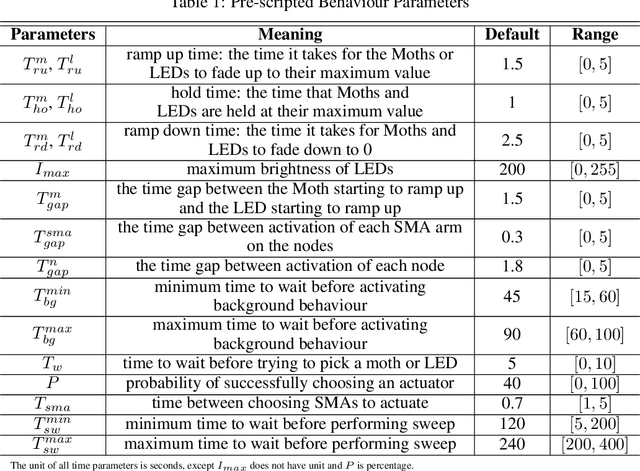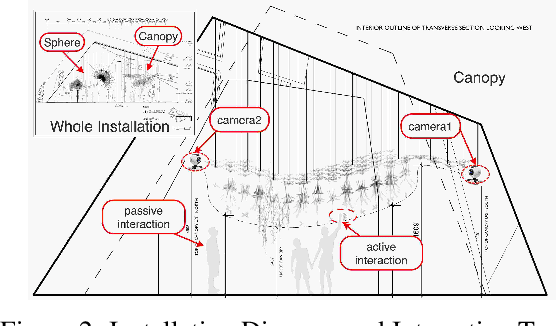Learning to Engage with Interactive Systems: A field Study
Paper and Code
Apr 14, 2019



Physical agents that can autonomously generate engaging, life-like behaviour will lead to more responsive and interesting robots and other autonomous systems. Although many advances have been made for one-to-one interactions in well controlled settings, future physical agents should be capable of interacting with humans in natural settings, including group interaction. In order to generate engaging behaviours, the autonomous system must first be able to estimate its human partners' engagement level. In this paper, we propose an approach for estimating engagement from behaviour and use the measure within a reinforcement learning framework to learn engaging interactive behaviours. The proposed approach is implemented in an interactive sculptural system in a museum setting. We compare the learning system to a baseline using pre-scripted interactive behaviours. Analysis based on sensory data and survey data shows that adaptable behaviours within a perceivable and understandable range can achieve higher engagement and likeability.
 Add to Chrome
Add to Chrome Add to Firefox
Add to Firefox Add to Edge
Add to Edge